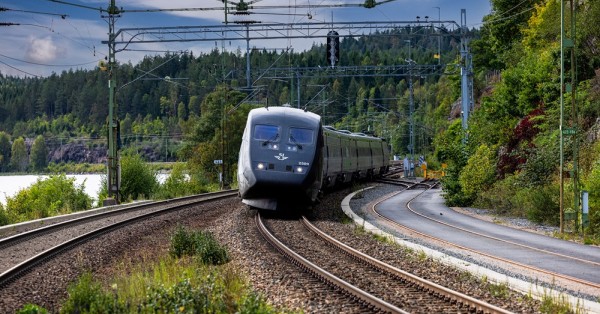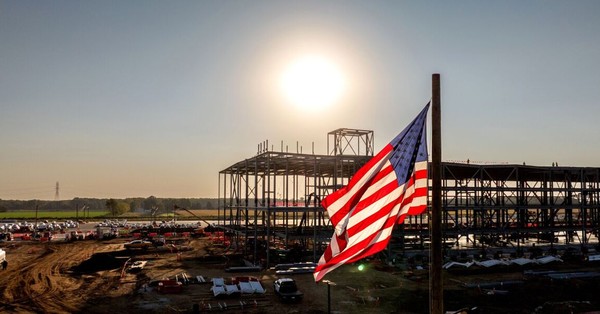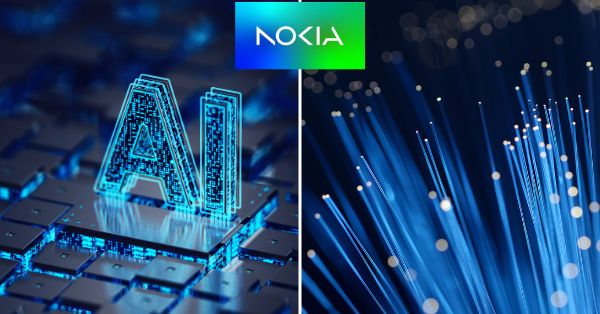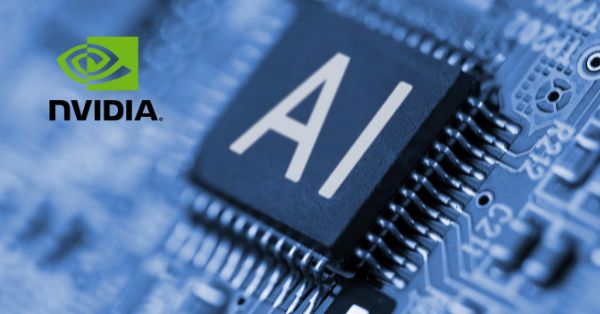Telia chosen as SJ’s nationwide 5G, IoT and resilience partner
Sweden’s largest passenger rail operator SJ is consolidating its communications estate with Telia to accelerate 5G, IoT, and crisis-readiness across trains, stations, depots, and corporate operations.
Scope: nationwide 5G/LTE, IoT, secure WAN and continuity
The partnership positions Telia as SJ’s primary provider for nationwide mobile and fixed communications, combining public 5G/LTE coverage with managed services that support day‑to‑day rail operations and passenger experience. Beyond bandwidth, the remit typically spans IoT connectivity for rolling stock telemetry, secure WAN for operational technology (OT) and IT sites, and tools for incident response and business continuity. For a complex, safety‑critical environment like rail, the integration of connectivity, security, and resilience under a single provider reduces fragmentation and creates a platform for digital transformation.
Outcomes: better onboard connectivity, real‑time monitoring and faster incident response
Operational priorities likely include higher onboard connectivity performance, real‑time asset monitoring, faster incident coordination, and improved data visibility from train to cloud. Expect use cases such as predictive maintenance (doors, HVAC, brakes), energy optimization via driver advisory systems, condition‑based cleaning, live CCTV offload at stations, and automated workflows for delays or disruptions. For passengers, more consistent Wi‑Fi backhaul and seamless digital services are the immediate wins; for operations, the prize is reliability and faster recovery when incidents occur.
Why rail digitalization and 5G matter now
Rail digitalization is hitting an inflection point as 5G, edge computing, and new safety and cybersecurity obligations converge.
Rail moves from pilots to unified 5G/IoT platforms
European operators are scaling beyond discrete connectivity pilots toward platforms that unify onboard systems, station sensors, and back‑office analytics. With GSM‑R nearing end‑of‑life and the Future Railway Mobile Communication System (FRMCS) on the horizon, decisions made today about 4G/5G architecture, device strategy (eSIM/iSIM), and data governance will shape the migration path for the next decade. A nationwide partner with rail‑grade SLAs can help bridge from current LTE/5G deployments to FRMCS‑aligned operations when spectrum and technology are ready.
Rail service resilience and crisis management as board priorities
Extreme weather, cyber threats, and infrastructure incidents are pushing crisis management from compliance checklists into core operations. 3GPP capabilities such as priority and pre‑emption, mission‑critical services (MCX), and smart routing across fixed and mobile networks matter when minutes of disruption become headline news. Embedding resilience—redundant access, failover policies, security monitoring—into the communications stack is now table stakes for rail reliability and brand trust.
Rail 5G, IoT, edge and assured communications
Delivering a rail‑grade network means combining public 5G reach with secure IoT, edge analytics, and assured communications designed for mobility and safety.
5G for high‑speed rail: mobility, SA readiness and QoS
Public 5G provides ubiquitous coverage along trunk corridors and urban stations, with LTE anchoring coverage gaps. Capabilities to prioritize include 5G Standalone readiness for lower latency and network slicing, advanced handover performance for trains at speed, and radio optimization around tunnels and cuttings. Where required, semi‑private constructs—dedicated APNs, traffic separation, and policy control—can deliver predictable QoS without the cost and complexity of a full private network at national scale. As 5G‑Advanced features mature, operators can evaluate positioning, uplink enhancements, and better radio resiliency for rail environments.
Secure rail IoT and edge data pipelines
Rolling stock and station IoT demand secure device onboarding, lifecycle management, and traffic segmentation. Private APNs, SIM‑based authentication, and VPN tunneling keep OT traffic isolated from public internet paths, while eSIM/iSIM simplifies multi‑vendor fleet management. On‑train gateways aggregate sensor data (CAN, MVB, Ethernet) and run edge analytics for fault detection and compression, forwarding prioritized flows via 5G to cloud analytics. Standard protocols (MQTT/AMQP), schema governance, and data quality controls ensure telemetry is usable across maintenance, operations, and customer service domains.
Crisis communications and end‑to‑end rail resilience
Assured communications combine multiple layers: priority and pre‑emption on mobile networks for critical users, push‑to‑talk/mission‑critical voice for field teams, and mass notification for staff coordination during incidents. Resilience patterns include dual modems and dual carriers on trains, SD‑WAN across fixed and mobile links at stations, and satellite or trackside fallback in remote areas. Playbooks should define automatic failover, degraded‑mode operations (e.g., reduced bitrate CCTV), and rapid provisioning of temporary capacity for special events or disruptions.
What to watch: FRMCS, spectrum and integration risks
Success will hinge on aligning today’s deployments with the sector’s future standards and managing the complexity of multi‑vendor, safety‑critical systems.
FRMCS roadmap and spectrum strategy
FRMCS, led by UIC and built on 3GPP 5G standards, will replace GSM‑R over the coming years. Rail operators should map dependencies now: spectrum options, coexistence with existing public networks, functional splits between operational voice/data and passenger services, and device roadmaps for cab radios and gateways. A phased path—leveraging public 5G for non‑safety services today while preparing for FRMCS‑grade capabilities—reduces risk and protects investments.
Rail cybersecurity, safety compliance and data governance
NIS2 and sector safety regulations demand rigorous controls across IT and OT. Priority actions include zero‑trust network segmentation, secure remote access for rolling stock, continuous vulnerability management, and SOC integration with OT telemetry. In parallel, data governance must address retention, lawful intercept, and privacy (GDPR) for passenger‑facing services, with clear data domains and access controls shared between SJ, Telia, and engineering partners.
Integration and multi‑year lifecycle management
Rail programs often span multiple OEMs and software providers. Define interface contracts early—APIs, data models, time synchronization—and enforce qualification standards for onboard equipment (e.g., EN 50155/50121). Plan for multi‑year lifecycle management: firmware update pipelines, SIM provisioning at scale, regression testing for radio updates, and coverage assurance as routes evolve.
Implications for rail operators and telecom providers
This deal offers a blueprint for how railways and carriers can scale 5G and IoT with resilience and regulatory alignment.
Guidance for rail operators
Start with a corridor‑by‑corridor connectivity audit, including tunnels and rural gaps. Prioritize high‑value use cases—predictive maintenance and incident management—before expanding to passenger infotainment extras. Specify SLAs tied to rail metrics: handover failure rate at speed, time to restore, incident communications availability, and CCTV offload throughput at dwell. Pilot semi‑private 5G in yards and depots where deterministic performance pays off, and require an FRMCS‑aware roadmap from providers.
Guidance for telecom providers
Productize a rail package that bundles coverage engineering, IoT security, SD‑WAN, MCX, and analytics integration. Offer clear resilience patterns (dual‑carrier, multi‑path, satellite options), priority services, and migration services for GSM‑R/FRMCS alignment. Back commitments with measurable SLAs, proactive monitoring, and a named service management team that speaks both telecom and rail operations.
Rail KPIs that matter
Track availability and recovery (99.9x uptime, mean time to repair), mobility quality (handover failures per 1,000 km, uplink throughput at speed), operational gains (incident response time, energy savings, maintenance deferrals), and customer experience (Wi‑Fi satisfaction/NPS, portal performance). Tie incentives to these outcomes to sustain momentum.
Bottom line: Sweden’s rail goes from pilots to platform
Telia’s selection by SJ signals that rail digitalization in Sweden is moving from pilots to a platform approach anchored in 5G, IoT, and resilient communications.
A pragmatic path to rail‑grade 5G and FRMCS
The near‑term opportunity is to lift reliability and responsiveness with public 5G, secure IoT, and codified crisis playbooks—while building a technology and governance foundation ready for FRMCS. For rail operators and telcos alike, the winners will be those who treat connectivity as an operational backbone, not a best‑effort utility.








































